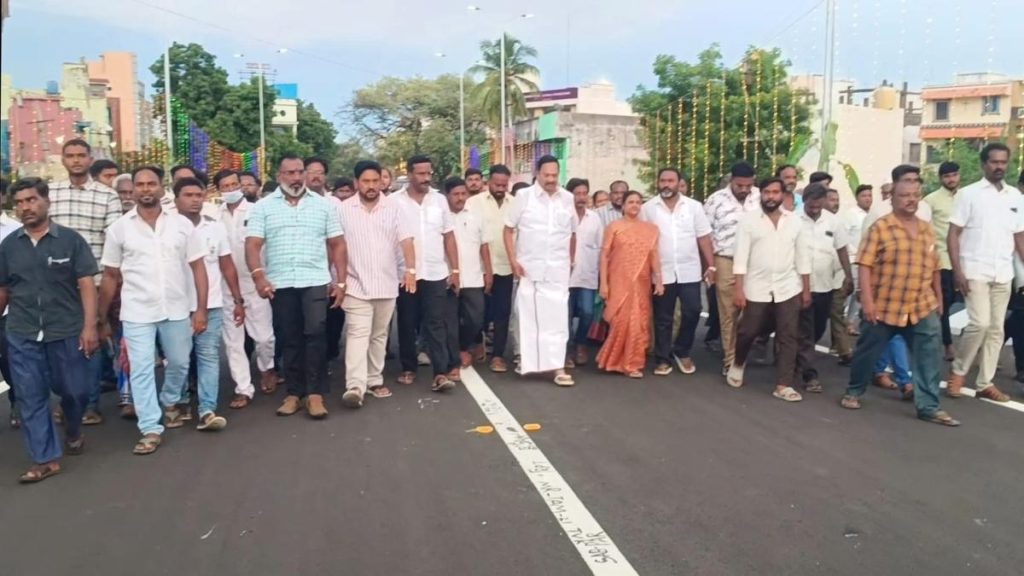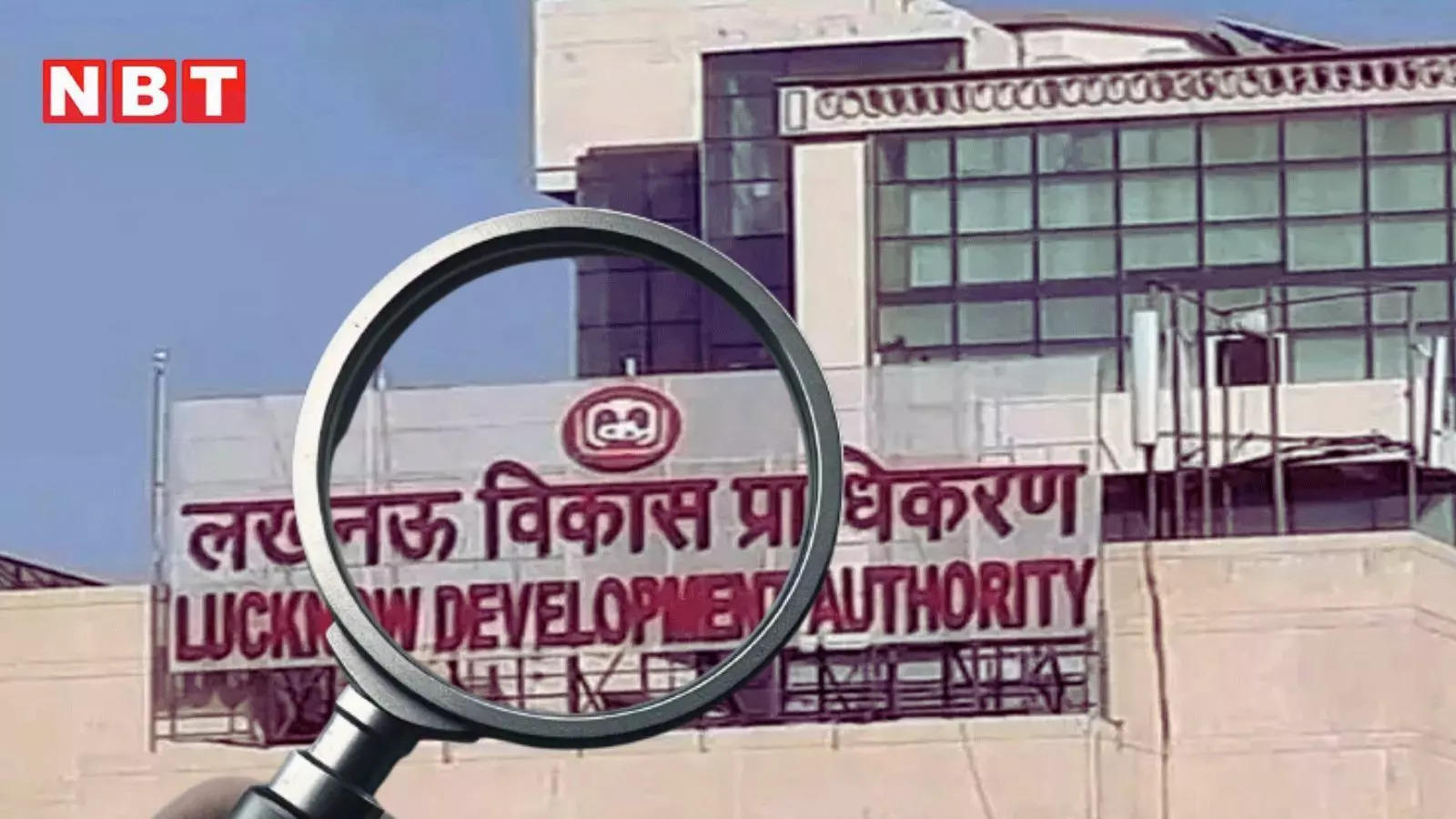Now Reading: Trump Criticizes Modi Over US-India Trade Tariffs
-
01
Trump Criticizes Modi Over US-India Trade Tariffs
Trump Criticizes Modi Over US-India Trade Tariffs

Speedy Summary
- US President Donald Trump announced a 26% tariff on Indian imports during a joint press conference, citing India’s high duties on American goods and calling for renegotiation of trade terms for fairer conditions.
- Trump described Prime Minister Narendra Modi as a “great friend” but criticized India’s trade practices, highlighting that India imposes tariffs as high as 52% on US goods while the US charges significantly less in return.
- The proclamation follows ongoing tensions regarding trade barriers, wiht Trump labeling India the “tariff king” in the past and pointing to an estimated $100 billion US trade deficit with India.
- Negotiations have been initiated between both nations to address disparities and establish a level playing field. These talks aim to finalize part of a bilateral trade agreement by September-October this year.
- India’s commerce ministry is analyzing the impact of these tariffs and described the situation as a “mixed bag.” A universal 10% tariff will begin from April 5, followed by an additional 16% starting April 10.
- Other countries impacted by similar measures include China (34%), Vietnam (46%), European Union (20%), Japan (24%), Taiwan (32%), South Korea (25%), UK (10%), and Switzerland (34%).
Image:
!India’s Prime Minister Narendra Modi and US President donald Trump
Indian Opinion Analysis
The imposition of a reciprocal 26% tariff marks another critical moment in India-US economic relations.Trade disparity issues have been repeatedly flagged by Trump since his first term, emphasizing concerns about India’s protectionist policies. The negotiations aiming for corrective measures suggest long-term efforts toward resolving such tensions; though, immediate impacts are likely meaningful for export-driven sectors within India.For New Delhi, this progress underscores growing pressure to reassess longstanding policies that attract criticism globally while balancing domestic imperatives.Both nations maintain mutual respect within their dialog-evident in Trump’s acknowledgment of Modi’s leadership-which could ensure cooperative solutions.
Given broader global impacts including heightened tariffs against China,Vietnam,Europe,and others under Trump’s administration,India’s position reflects how intertwined its economy is with global trends in protectionism vs open-market debates. How Indian policymakers respond could define future trade norms with major economies like the USA.


